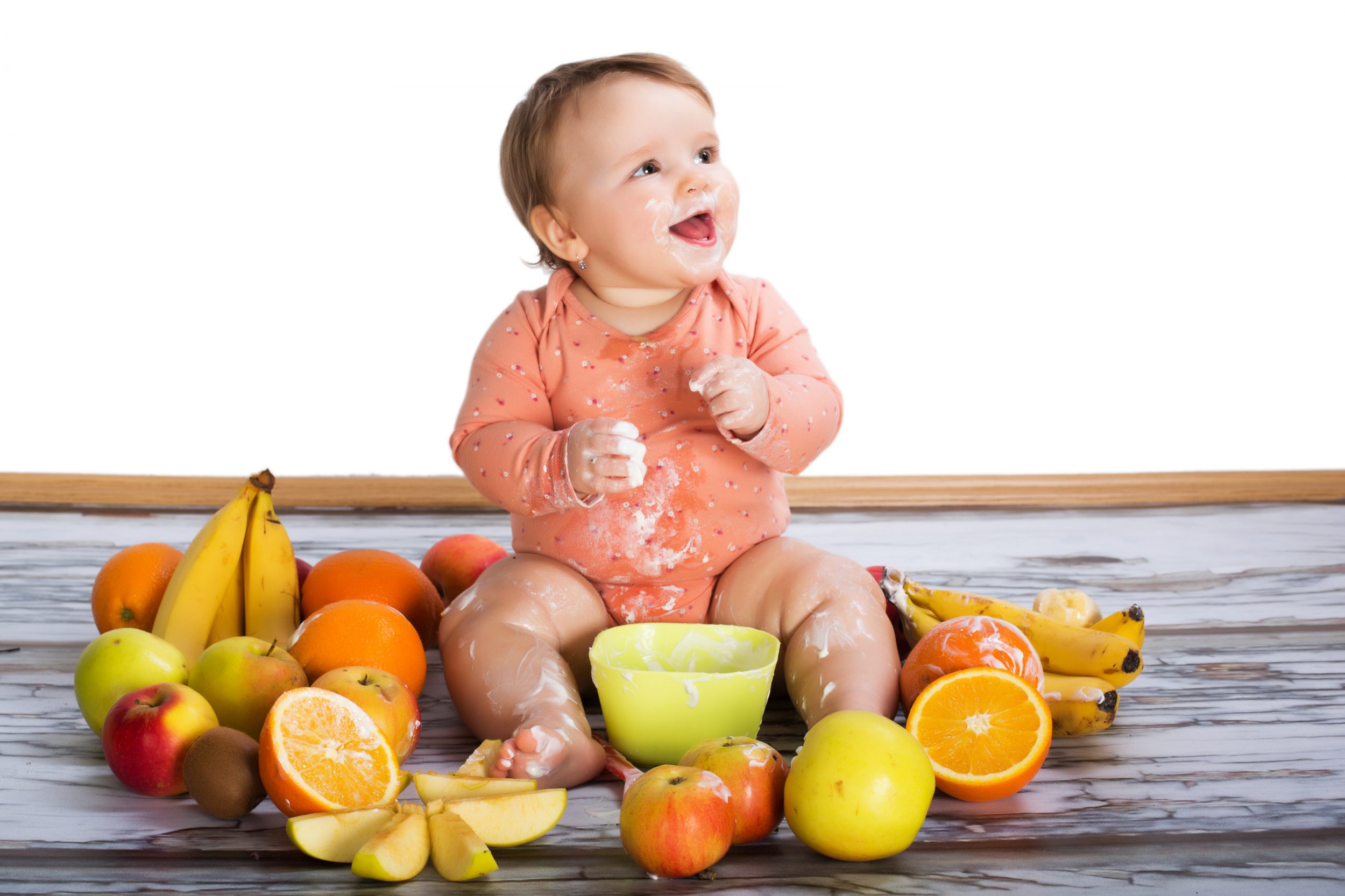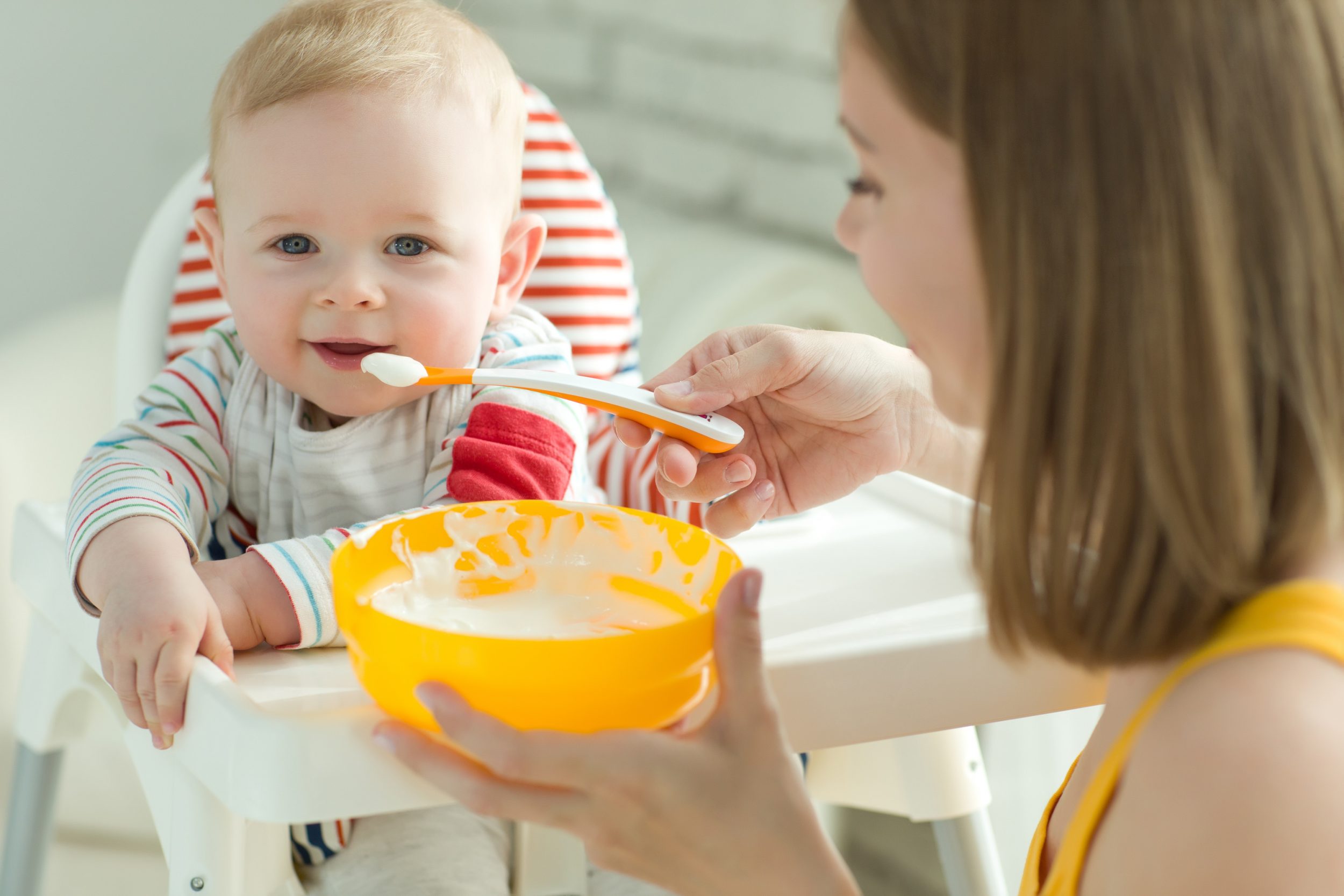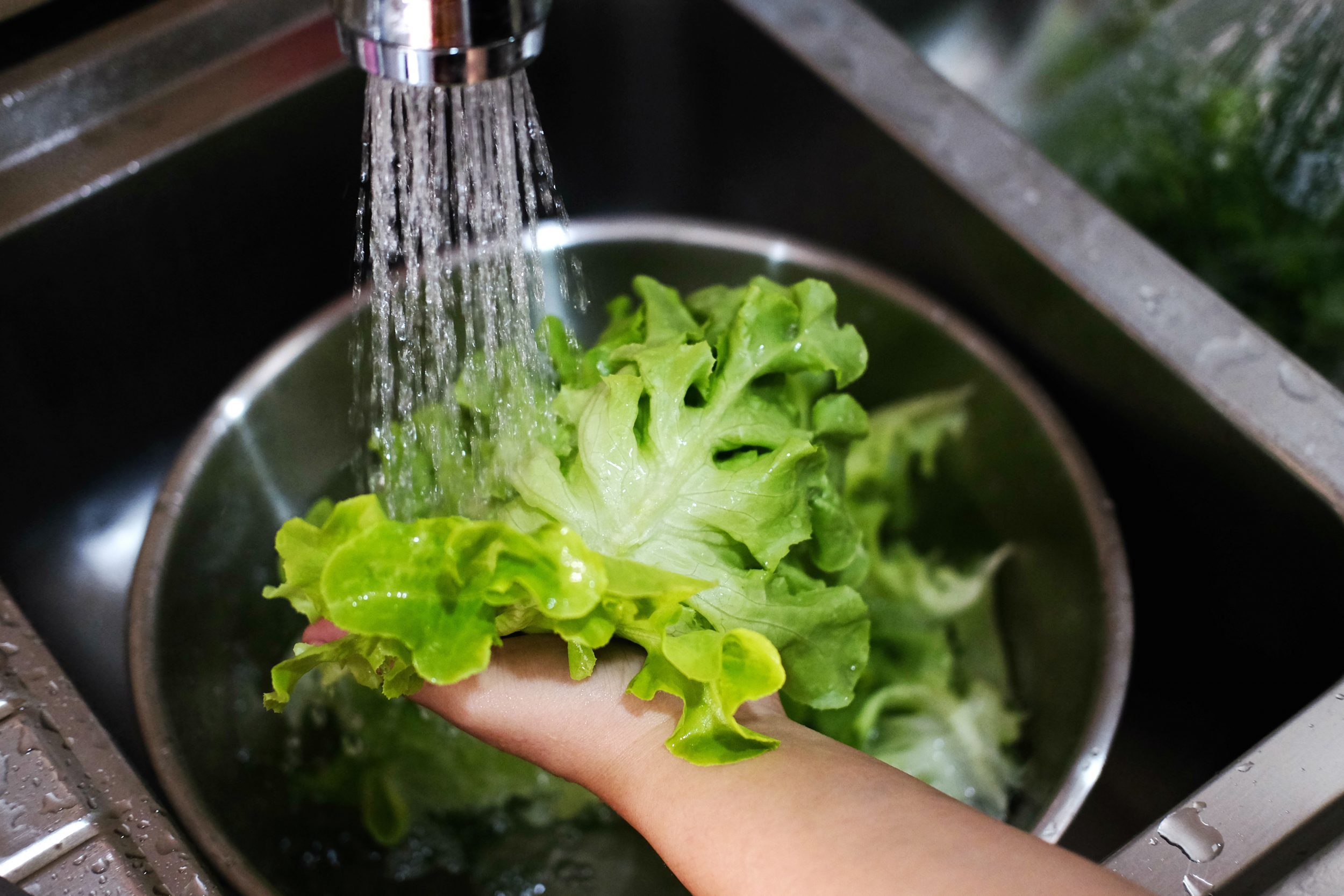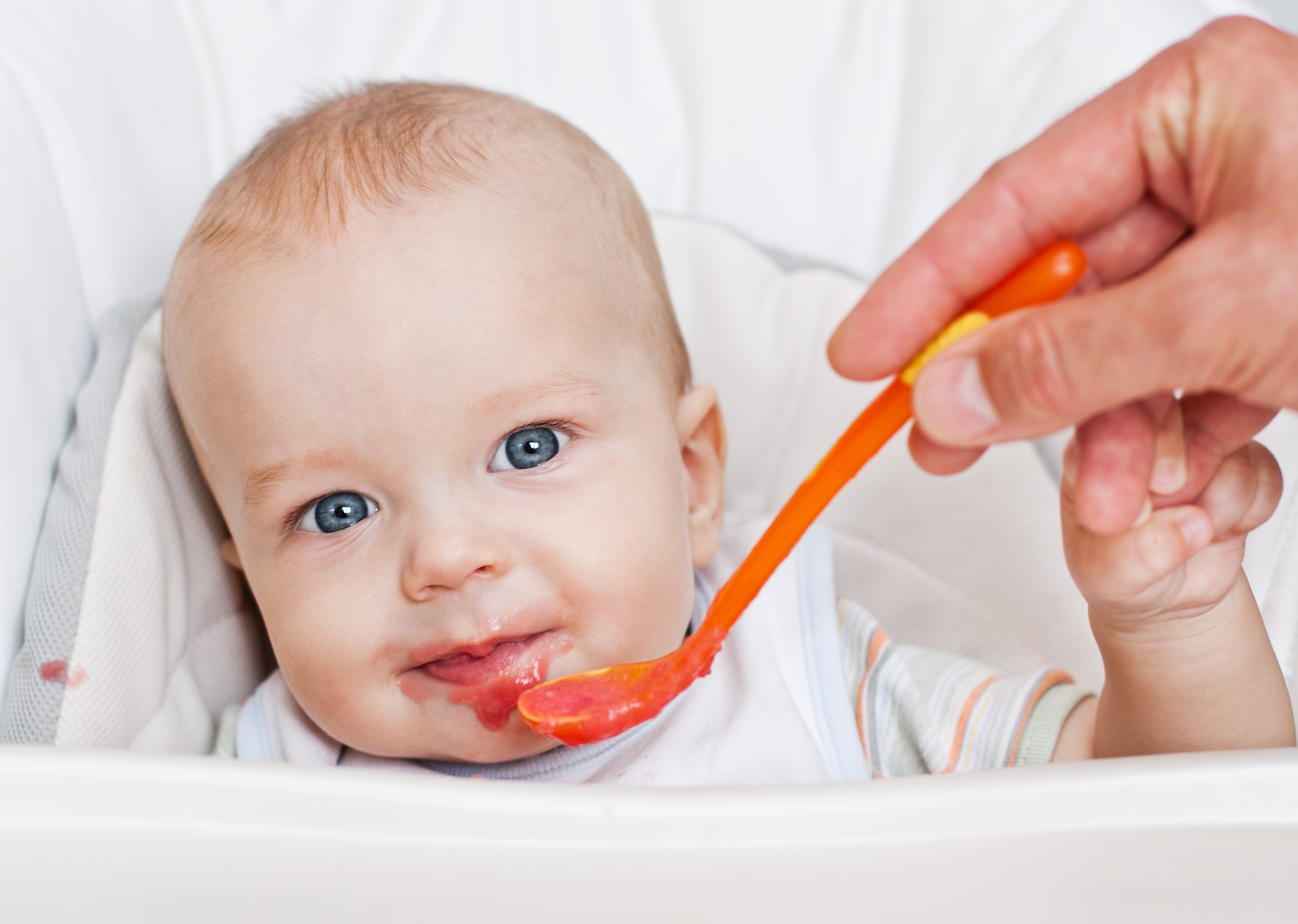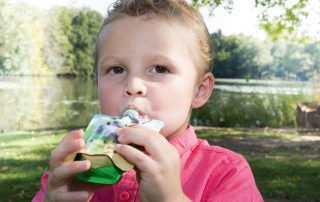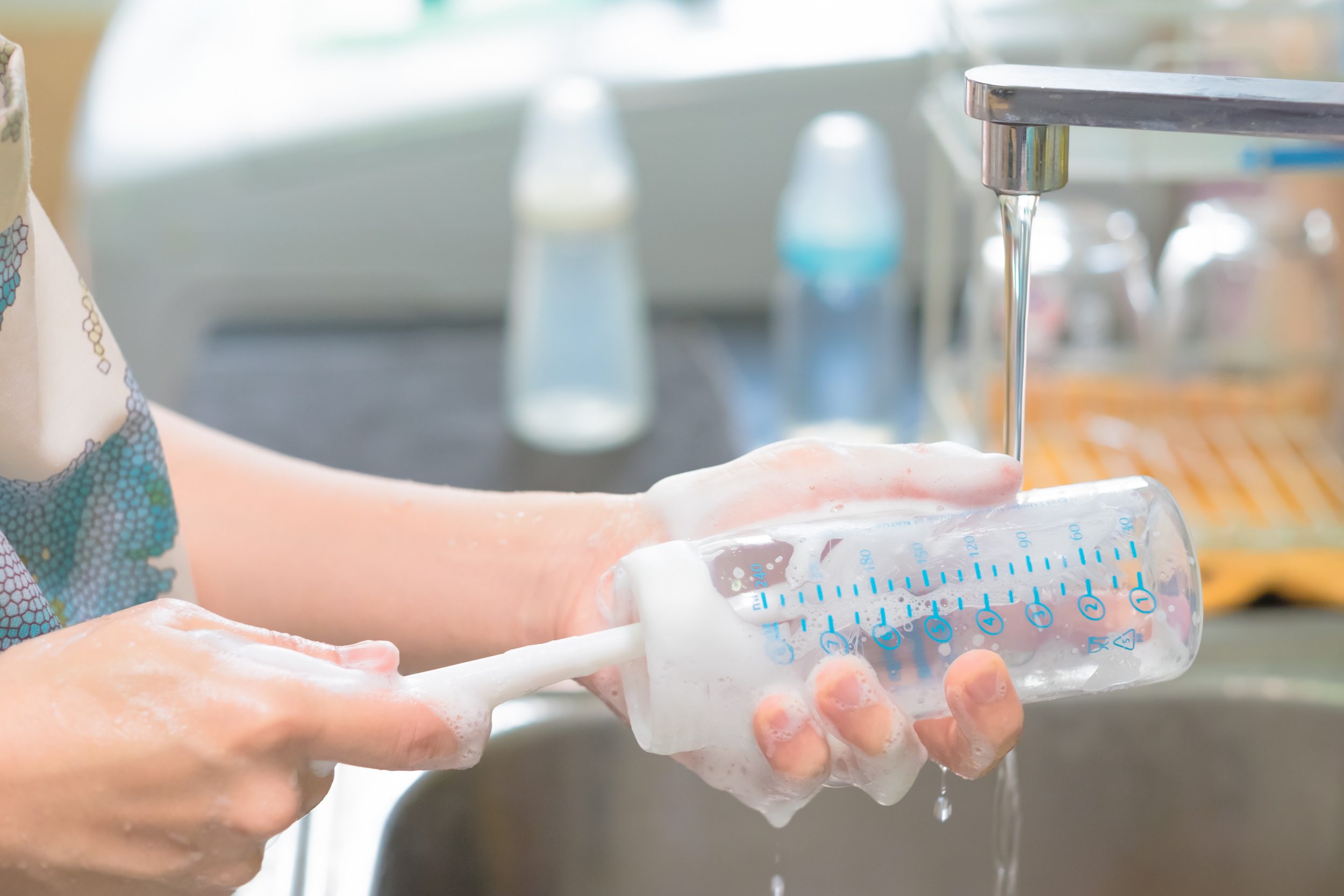What does my baby need?
You should give your child new foods gradually. This will make it easier for you to recognise whether your child cannot tolerate something. But offer your child lots of different foods. This way, your child will get all the important nutrients. "Which complementary food should we give the baby first?" Complementary food is food that the baby gets in addition to breast milk. Don't worry, you can't go wrong. It is not important in which order you give your child food. But it is important that your child gets enough iron and iodine for its development. Vitamin C helps the body to absorb iron from a meal. Give ...
How taste develops
Children like sweet foods. They have this preference from birth. Some vegetables are sour or bitter. Children don't like this at first. But parents can influence how strong the preference for sweet foods is. Start with complementary food. Complementary food is food that you give your child in addition to breastfeeding. Do not flavour the complementary food so that it tastes good to you. Do not add sugar or salt to complementary food. If your child is not given seasoned food as a baby, it will recognise these flavours better later on. Children like foods they know. They often don't eat new foods. But ...
Prepare food carefully
This is important for cleanliness: Wash your and your child's hands with soap and water. The kitchen must be clean. Keep appliances, work surfaces and sinks clean. Wash crockery and cutlery thoroughly in hot water or in the dishwasher. Take care of the food Make sure that food is always stored in a cool place. This also applies to the journey home from the shops. This applies in particular to meat, poultry, fish, eggs, milk and dairy products. Always store food at the right temperature. If you store raw and cooked food in the fridge at the same time, ...
Food unsuitable for babies
Some foods and drinks should be avoided. There are foods that are not suitable for infants: salt, sugar, honey, sweeteners (especially in drinks), and no spicy spices. It is about food that contains the following: • raw eggs (e.g. soft-boiled egg) • raw fish (e.g. smoked salmon) • raw meat (e.g. beef tartare). Internal organs, especially liver; raw milk, cow's milk not as drinking milk; curd, pudding, cheese; sausage and sausage products (e.g., ham, sausages, bacon); salted biscuits, snack biscuits; chocolate, sweets, cookies; soft drinks such as: • Cola • Iced tea • Similar drinks; coffee, ...
Squeezers? Better not!
"Squeezers" are porridge, rice pudding, pudding or similar in a bag. It is often fruit porridge. This looks like a healthy option. But there can be a lot of sugar in these products. Remember: fructose is also sugar. So a squeeze is not the same as a piece of fruit. Children absorb a lot of energy from these foods. As a result, your child may quickly overeat. There are up to 15 grams of sugar per sachet in the Quetschies! Children in the 1st year of life are often given Quetschies as complementary food. Complementary food is food that the baby eats in addition to breast milk.
Safe and clean
Cleanliness when cooking Infants easily get an infection if food is not clean. This is dangerous for your child. Children between 6 and 12 months often get diarrhoea if they eat contaminated food. This is because they lose a lot of fluids and nutrients. It is therefore very important that you handle food carefully. From the age of 6 months, you can give your child complementary foods. This is food that the child receives in addition to breast milk or infant formula. Complementary foods are various porridges that you can buy or cook yourself. Purchased complementary foods are usually tested and safe if the best-before date has not yet expired. ...

